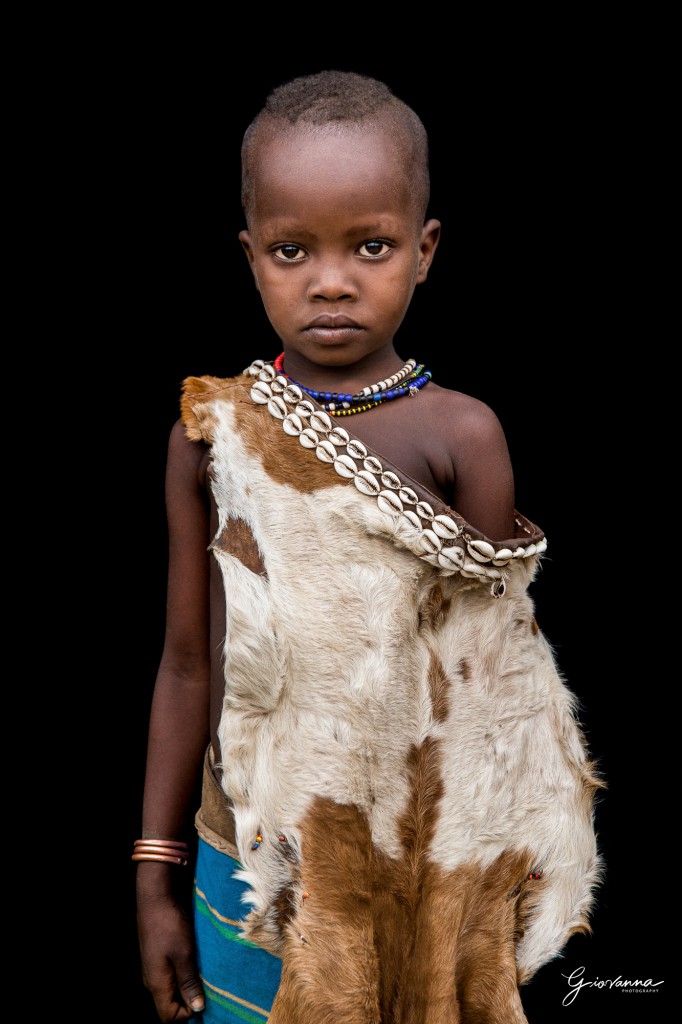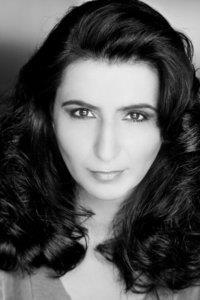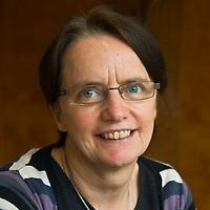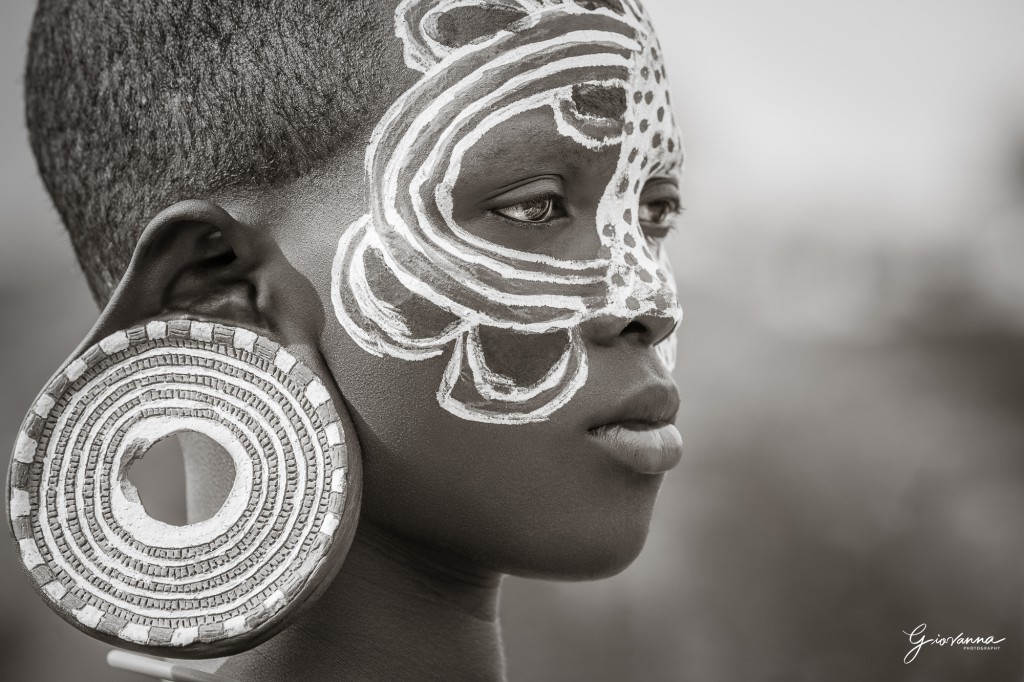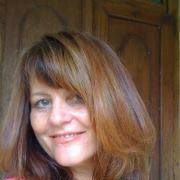Giftedness
from
an
Indigenous
Perspective
Prof. Dr Wilma Vialle
& Çiğdem Gül
Pictures thanks to Giovanna Aryafara,
© Courtesy of Giovanna Aryafara
Picture „A child from The Hamar Tribe“ thanks to © 2019 Giovanna Aryafara – Courtesy of Giovanna Aryafara (Bali, Indonesia)
Written by Çiğdem Gül
Wuppertal, Germany – September 03, 2022
In the highly gifted landscape and in the world of the highly sensitive and synaesthetic persons, there is a wide choice of ethnic and cultural diversity. While giftedness, by definition, exists equally in all populations, we are still a long way from recognising this in practice. Although it is universally accepted that gifted individuals are found amongst people from all cultural, ethnic and socio-economic groups, there is not enough first-hand information globally, how indigenous people define the terms intelligence and giftedness. Also, how they live their intelligence and giftedness in interacting with other tribal members in everyday life.
Prof. Dr. Wilma Vialle’s e-book »Giftedness from an Indigenous Perspective« examines the concept of giftedness from the perspective of the natives in Australia in the tribes Mäori and Navajo.
You can read the complete e-book »Giftedness from an Indigenous Perspective« by Prof. Dr. Wilma Vialle for free, HERE:
You can buy the book online from the website of »The Australian Association for the Education of the Gifted and Talented« HERE
For more information on the website of »The Australian Association for the Education of the Gifted and Talented« (AAEGT), HERE
About Prof. Dr Wilma Vialle
„Wilma Vialle is a Professor in Educational Psychology and Associate Dean in the Faculty of Social Sciences at the University of Wollongong, Australia. She teaches subjects on gifted education and has published extensively in this field, including a text on ‘Educating the Gifted Learner’ co-authored with Professor Karen Rogers. Her research interests are predominantly concerned with giftedness and talent development and she is particularly interested in issues of social justice. She is the chief editor of the journal ‘Talent Development and Excellence’ and is on the editorial board of several international journals. Wilma is also on the Executive Board of the International Research Association for Talent Development and Excellence (IRATDE).“ Source: http://www.iratdetaipei.org/static_page.php?page_id=41
AAEGT – Australian Association for the Education of the Gifted and Talented
The Australian Association for the Education of the Gifted and Talented (AAEGT) is committed to furthering the education of gifted and talented students across Australia. Established in 1985, the AAEGT currently serves members from a range of backgrounds. The members are parents, educators, academics/researchers and other professionals whose family or work life brings them in contact with gifted children.
You can read more about AAEGT, HERE
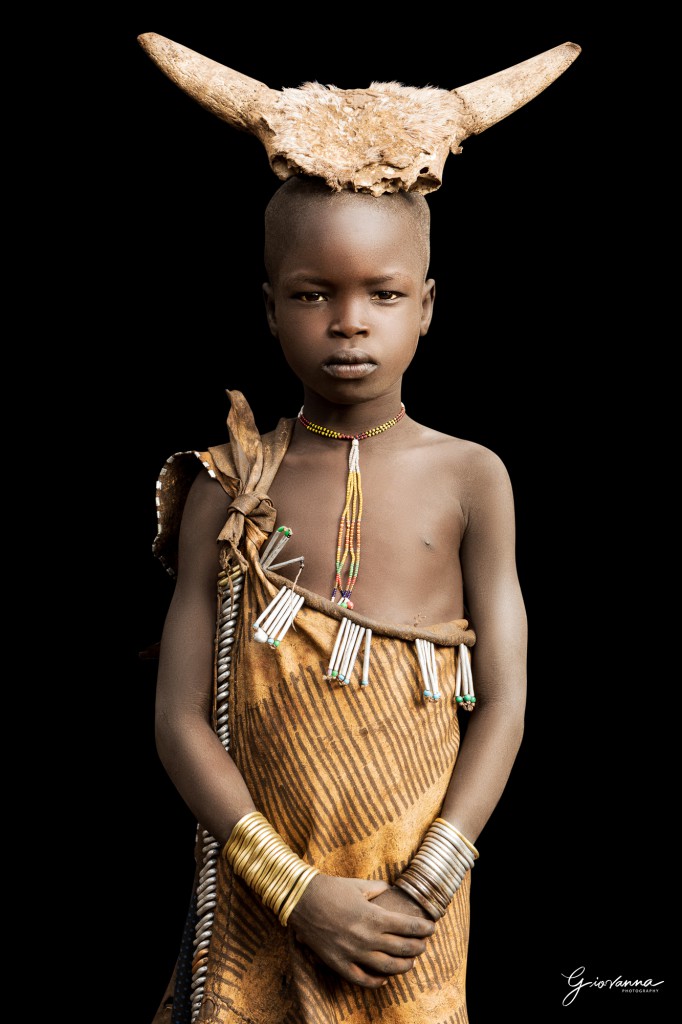
Picture „ABBA – Mursi Tribe“ thanks to © Giovanna Aryafara – Courtesy of Giovanna Aryafara (Bali, Indonesia)
Von Çiğdem Gül
Wuppertal/Deutschland – 03. September 2022
Die Vereinten Nationen (United Nations Organization, UNO) haben die frühere Bezeichnung »Ureinwohner« durch »indigene Völker« („indigenous peoples«) ersetzt. Der Begriff »Indigene Völker« wurde erstmals 1986 vom UN-Sonderberichterstatter José Martínez-Cobo verwendet und bedeutet in etwa »in ein Land geboren«. Eine völkerrechtlich verbindliche Definition gibt es nicht. Nachzulesen ist in einem Beitrag vom 5.8.2019 der Bundeszentrale für politische Bildung, dass »als indigene Völker meist die Nachfahren der Erstbewohnerinnen und -bewohner einer Region bezeichnet werden, welche das gegenwärtige Territorium eines Landes bereits bewohnten, bevor Menschen mit einer anderen Kultur oder aus anderen Teilen der Welt dort ankamen. In vielen Fällen unterwarfen oder vertrieben die Neuankömmlinge die dort ansässigen Völker und versetzten sie durch Eroberung, Besiedlung oder mit anderen Mitteln in eine untergeordnete oder koloniale Situation. Von der nicht-indigenen Bevölkerung eines Landes unterscheiden sich Indigene in der Regel durch eine eigene Kultur z.B. in Sprache, Religion oder Gesellschaftsorganisation. Eine Bevölkerungsgruppe gilt zudem als indigen, wenn sie sich selbst als solche beschreibt (Selbstidentifikation) und von der Gemeinschaft der indigenen Völker anerkannt wird (Fremdidentifikation).«
Die Vereinten Nationen (UN) schätzen, dass weltweit 370 Millionen Indigene mit 5000 verschiedenen Kulturen in etwa 90 Staaten leben. Sie machen knapp fünf Prozent der Weltbevölkerung aus. Von den 7000 gesprochenen Sprachen weltweit werden mehr als 4000 von indigenen Völkern gesprochen.
Die mit Abstand größte Gruppe besteht aus über 100 Millionen in Indien lebenden Adivasi, eine Sammelbezeichnung für verschiedene indigene Völker – dies geht aus einer Volkszählung in Indien aus dem Jahr 2011 hervor. Eine weitere große Gruppe stellen die Amazigh (Berber) mit zehn bis 30 Millionen, die vor allem in den nordafrikanischen Ländern Marokko, Algerien, Tunesien, Libyen und Mauretanien leben. Bekannte indigene Völker sind auch die Samen in Teilen Skandinaviens, die Mansen in Westsibirien, die Maori in Neuseeland, die Ainu in Japan, die Uiguren in China, die Aceh in Indonesien, die Hmong in Laos, die San (Buschmänner) im südlichen Afrika, die Quechua in Peru und Bolivien, die Maya in Guatemala und Mexiko, die Dineh (Navajo) in Nordamerika, die Inuit in Kanada oder die Aborigines in Australien.“ Siehe: https://amnesty-indigene.de/begriff/
In der Hochbegabtenlandschaft gibt es eine große Auswahl an ethnischer und kultureller Vielfalt. Obwohl Begabung per Definition in allen Bevölkerungsgruppen gleichermaßen vorhanden ist, sind wir noch weit davon entfernt, dies in der Praxis zu erkennen. Obwohl allgemein bekannt ist, dass in allen kulturellen, ethnischen und sozioökonomischen Gruppen hohe Potentiale und Hochbegabte zu finden sind, gibt es weltweit keine ausreichenden Informationen aus erster Hand, wie die Ureinwohner die Begriffe Intelligenz und Begabung definieren. Auch, wie sie ihre Intelligenz und Begabung im Umgang mit ihren Stammesmitgliedern im Alltag leben. Über meinen indigenen Interviewpartner Lorenzo Gill, Angehörige des Stammes der Kogi Kultur in Sierra Nevada, Student und Stiftungsgründer in Bogotá/Kolumbien, weiß ich, dass dort für die Indigenen keine Begriffe für Intelligenz und Hochbegabung existieren.
Prof. Dr. Wilma Vialles E-Book »Hochbegabung aus indigener Sicht« (Originaltitel: Giftedness from an Indigenous Perspective) untersucht das Konzept der Hochbegabung aus der Sicht der Indigenen in Australien, vor allem bei den Stämmen Mäori und Navajo. Ihr E-Book ist komplett einlesbar und herunterzuladen auf der Homepage der „Australischen Vereinigung für die Ausbildung von Begabten und Talenten“ (AAEGT). Diese engagiert sich für die Förderung der Ausbildung von begabten und talentierten Studenten in ganz Australien. Das 1985 gegründete AAEGT dient derzeit Mitgliedern mit unterschiedlichem Hintergrund. Die Mitglieder sind Eltern, Erzieher, Wissenschaftler und andere Fachkräfte, deren Familie oder Arbeitsleben sie mit begabten Kindern in Kontakt bringt.
Das vollständige E-Book »Giftedness from an Indigenous Perspective« von der Professorin Frau Wilma Vialle kannst Du kostenlos HIER lesen.
Das Buch »Giftedness from an Indigenous Perspective« kannst Du auf der Webseite des »Australian Association for the Education of the Gifted and Talented« HIER kaufen.
Für mehr Informationen, siehe HIER, AAEGT.
Picture „ANOUK – Young Suri Girl“ thanks to © Giovanna Aryafara – Courtesy of Giovanna Aryafara (Bali, Indonesia)
About Giovanna Aryafara
Giovanna Aryafara is an Australian photographer living in Bali. She is best known for her mesmerising portraits of Indigenous people from many corners of the globe. The Suri, Kara and other remote tribes of the Omo Valley in Ethiopia are fabled by their intricate face and body painting, floral headpieces and vibrant beadwork.
„Giovanna Aryafara exhibited her works in Australia, Bali, Brazil, and the African Photography Festival in New York 2018. This year 2019 she will exhibiting at ‘Atlas of Humanity’ Paris and Italy. She travels to India and Ethiopia yearly.“
For more information about Giovanna Aryafara:
Website: https://giovannaphotography.com
Instagram: @giovannaphotography
Facebook: https://www.facebook.com/Giovanna-Photography-188372111890186/
About Çiğdem Gül
Çiğdem Gül is the founder of this „Intercultural Network For The Highly Gifted“. She is a Turkish woman of Turkmen origin with Persian roots and migrant in Germany, Graduate Economist at the University of Wuppertal, Intercultural Coach For The Highly Gifted, Multipotential and Highly Sensitive Persons and Journalist in Wuppertal, Germany.
For more information about Çiğdem Gül:
Çiğdem Gül: https://www.interkulturellhochbegabte.de/about-the-founder-cigdem-guel/
